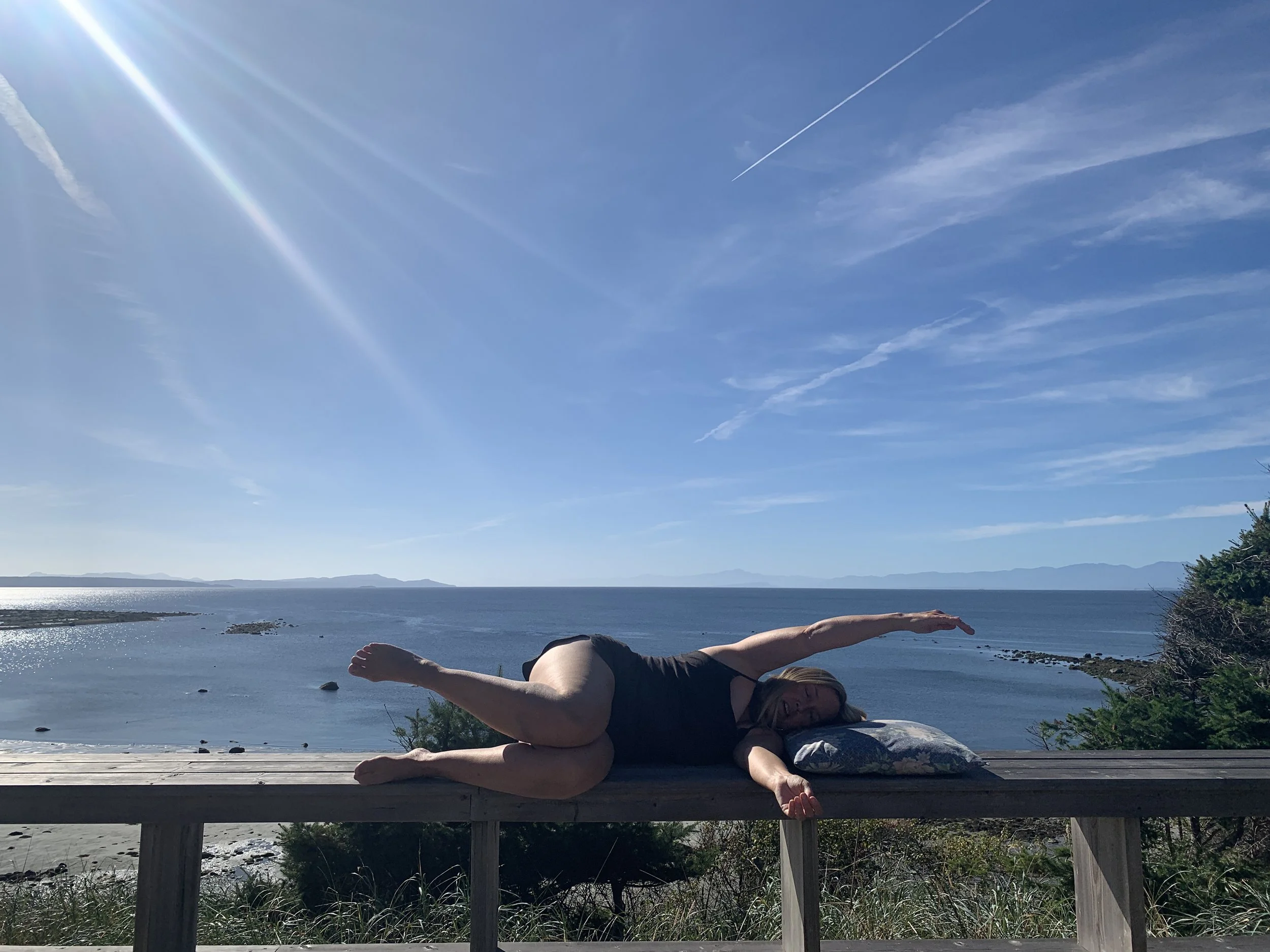Change your movement, change your Whole Self
“You and I are somas, magnificent somas of an ancient and accomplished species. We bear within us infinite richness and wisdom to which we have not awakened.” — Thomas Hanna PhD
According to Professor of Neurobiology David Wolpert, movement is the number on reason we have brains. That’s right, neuroscience shows that the main reason for us humans having a brain is to coordinate movement! It’s rather a humbling realisation isn’t it? In our modern culture our lives are so often dominated by thought and we like to believe we’re oh so clever. But if we look back at our evolution, it’s obvious that survival was our number one priority, not the creation of intelligent, imaginative or strategic thinking. Movement was vital for finding food, shelter, safety, staying warm. How often do we even stop and marvel at what an amazing feat it is just to be able to walk down some stairs, walk at all for that matter (human walking is apparently one of the most complex movements in nature!) or pick up a cup of tea?
Co-ordinating movement is still, first and foremost our brains’ priority. Sight, sound, and other sensory information is brought together; muscles are controlled to produce coordinated movements of the body in response to perception, to achieve the goals of the organism (e.g., eating or not getting eaten, lighting fires, finding and building shelter…) Our brains developed so that we can move efficiently and effectively through our environment.
And as Moshe Feldenkrais so famously noted: “A brain without a body could not think.” In his signature book ‘Awareness Through Movement’ Feldenkrais writes that correction of movements is the best means for self-improvement, going onto say that our entire nervous systems are occupied mainly with movement — movement occupies the nervous system more than anything else because we cannot sense, feel or think without moving, at the same time assimilating the use of our senses, feeling (emotion) and our power of thought.
There are literally billions of nerve cells arranged in patterns that coordinate all of the aforementioned components; the name combined is known as the association processes: “Any one of the four components of the waking state inescabably influences the others.” Feldenkrais states that the most important aspects of changing the whole system are our “hinges of habit.”
The part played by the muscles is so large in the group (mobillised muscles, sensing, feeling and thought) that if movement were omitted from the patterns in the motor cortex the rest of the components of the pattern would disintegrate. The motor cortex’s close proximity to the brain structures responsible for feeling and thought means that due to neuroplasticity (neurons that fire together wire together — Hebb) a change in the motor cortex will therefore spread to these neighbouring tissues — having parallel effects on both feeling and thinking! “A fundamental change in the motor basis within any single intergration pattern will break up the cohesion of the whole and thereby leave thought and feeling without anchorage in the patterns of their established routines.” So, changing how we move directly influences how we think and feel — patterns of behaviour previously familiarly engrained have changed and “habit has lost its chief support, that of the muscles, and has become more amenable to change.”
Instead of spending exponential amounts on counselling/psychotherapy, consider movement as the number one modality for becoming whole after accident, injury, trauma or stress… life itself (let’s face it — as humans we all encounter all of these things). Change your movement, feel a change in your whole self. Feldenkrais was a genius. His book ‘Awareness Through Movement’ was released in1972 and he went on to train Thomas Hanna, creator of Hanna Somatics, who added the concepts of the human neuromuscular reflexes to stress and the technique of pandiculation. It’s a life-changing practice :)
